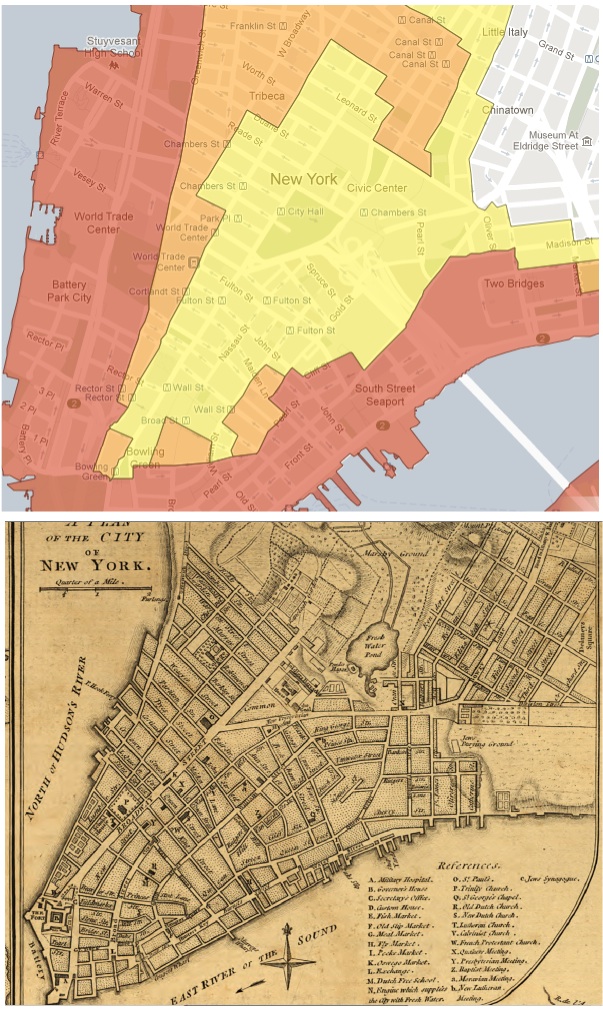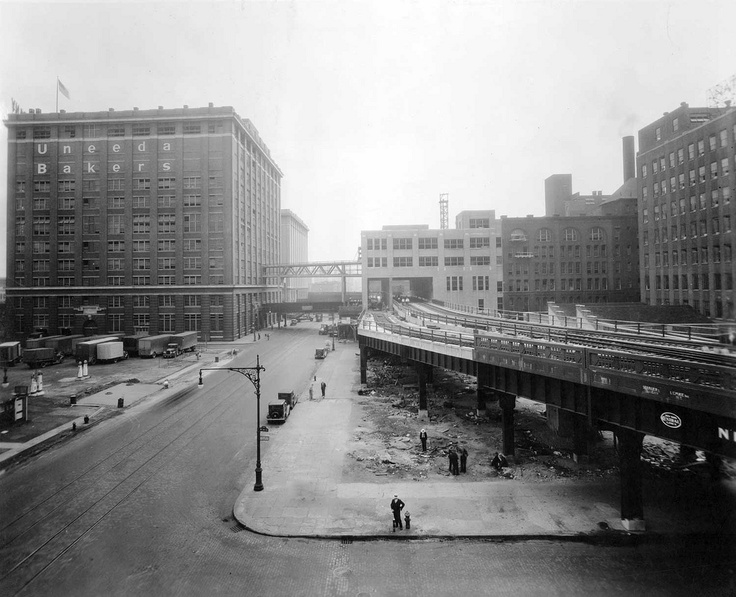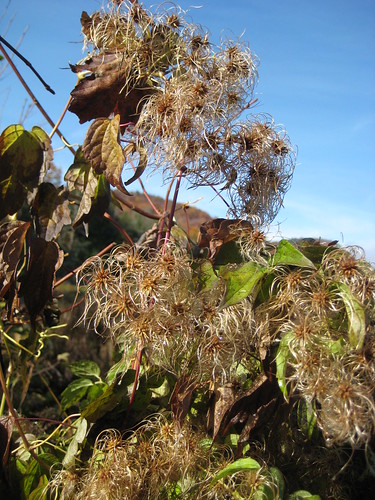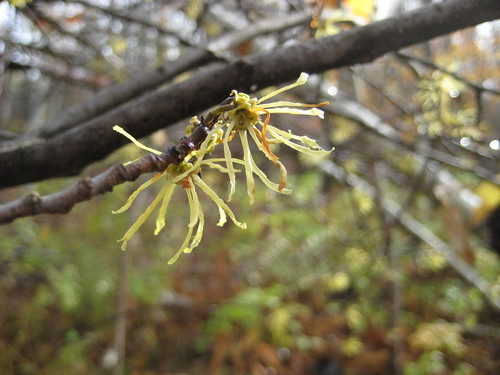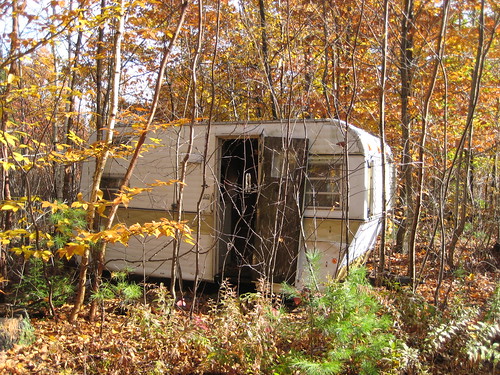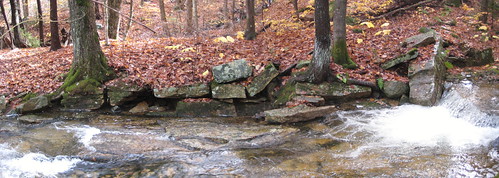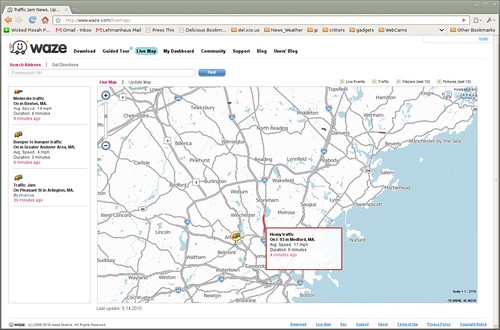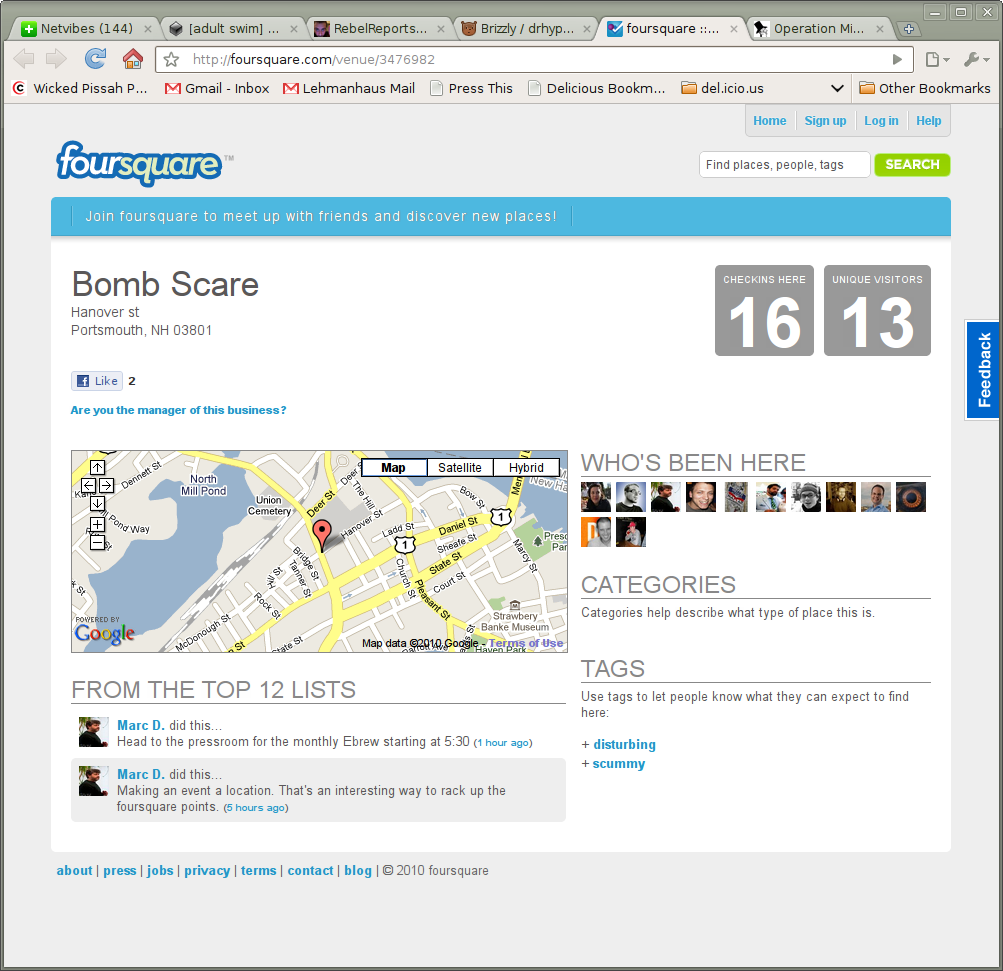My post Clovis-flyabout time in Arizona was uneventful: some time boondocking near a ghost town and a week and a half at Kartchner Caverns SP. I’ve driven by signs pointing the way to KCSP for years and never bothered to look into it – turned off by eastern tourist trap caves I guess. This time round, I was looking for a campground near the southern AZ grasslands and gave KCSP a whirl. The campground in nice, but OMG the caves! Discovered in 1974, kept secret for 14 years, and developed prioritizing the cave environment; just incredible. If you visit when the bats are elsewhere (they close part of the cave during bat season), the Big Room tour is my recco.
From S AZ, it was off to San Diego. I had 2 spots on my high priority list. The San Diego Model Railroad museum was the first. They have multiple layouts: O, HO and N – I was there for the La Mesa Model RR Club’s HO scale Tehachapi layout. So, early on a Tuesday morning, I hopped on my bike and pedaled to Balboa Park. My plan was to be there when they opened and get some more-or-less quiet time before it got crowded. Ha! By the time they opened, I was one of a couple dozen people at the front door. It got crowded quickly and I’m still crowd-averse so I only spent and hour and a half or so inside, but it was time well spent.
The Tehachapi Loop is a famous track spiral in south central California. By spiraling, the railroad gains horizontal distance so that it can keep the vertical grade manageable, but the v cool visual benefit is that any reasonably long train ends up passing over/under itself. The La Mesa folks have modeled it, and modeled it well. I read somewhere that this layout is the largest model RR representation of a prototype in the world.
A westbound freight headed by 2 SP SD40T-2 tunnel snoots bracketing a UP U30C with an SP SD39 bringing up the rear.
*
The same train running downhill through the loop.
*
And just for grins, a shot of one of the CTC panel displays.
Between the museum, Balboa Park and a very interesting waterfront bike ride, an A+ day.





